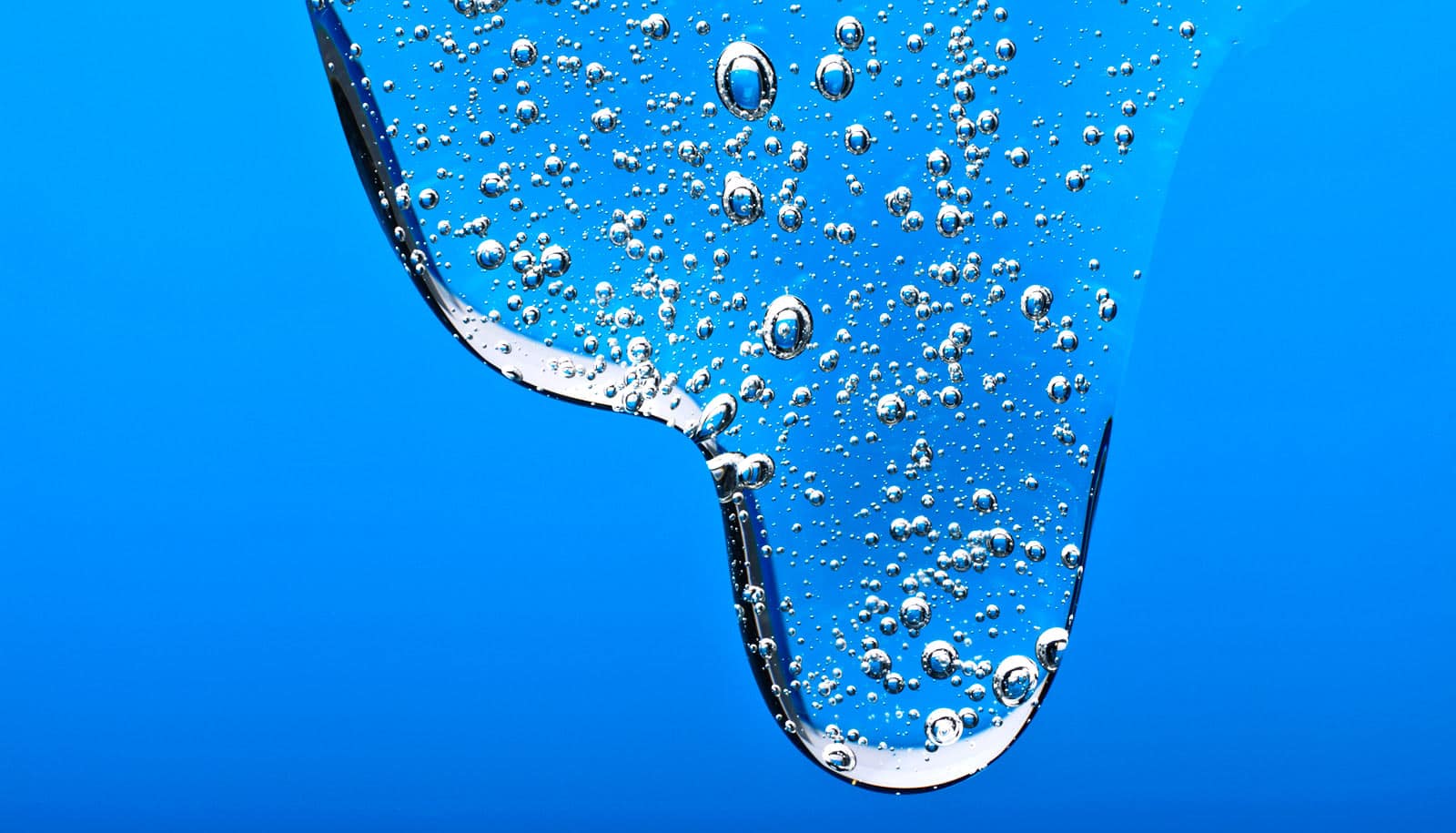A new gel-like material not only dehumidifies ambient air to improve comfort, but also harnesses the moisture in the air to function as a sun or privacy screen, conductive ink, and even a battery.
All these properties are inherent in the material after water absorption, without a need for external power.
The hydrogel is a form of zinc oxide—a compound found in sunscreen—can absorb water from the surrounding environment more than 2.5 times its weight and performs at least eight times better than commercial drying agents. Scientists say it is suitable for both indoor and outdoor applications, and is also cheap and easy to produce.
“Singapore, like many tropical countries, experience high levels of relative humidity between 70 to 80 percent,” says Tan Swee Ching, assistant professor in the materials science and engineering department at the National University of Singapore Faculty of Engineering.
“In a humid environment, the air is saturated with water and as a result, sweat on our body evaporates more slowly. This causes us to feel hotter than the actual ambient temperature, leading to great discomfort. Our novel hydrogel aims to achieve a cooling effect by removing moisture from ambient air very efficiently.
“This novel hydrogel performs at least eight times better than existing drying agents, such as silica gel and calcium chloride, in removing moisture from the air—it can absorb more water, works faster, and uses less material. Unlike energy-intensive dehumidifying and air-conditioning systems, this hydrogel does not require electricity to operate. It can be easily coated onto walls, windows, and even decorative items (such as a sculpture) to perform the dehumidifying function,” Tan adds.
Hydrogels are materials which contain large amounts of water and are commonly used in contact lenses, wound dressing, and personal care products. Recently, hydrogels have been used for biomedical applications, such as tissue engineering and drug delivery. However, the ability of hydrogels to absorb water from surrounding air has not been well explored.
As reported in Energy & Environmental Science, the new hydrogel extracts water molecules from surrounding air directly, and reduces relative humidity in a confined space from 60 to 80 percent—within the thermal comfort zone—in less than seven minutes, researchers say.
The material is suitable for reducing relative humidity in both indoor and outdoor environments, such as in hospital wards and classrooms without air conditioning, as well as in parks and bus stops.
“Moisture in the air is an abundant resource, but there are few attempts to harvest and put it to good use,” Tan says. “When our novel hydrogel absorbs water, we observed that it displays interesting optical, electrical, and electrochemical properties. This opens up a wide range of useful applications.”
Gel regrows mouse neurons after brain-damaging strokes
After taking in water from the environment, the hydrogel becomes opaque and reduces infrared transmission by about 50 percent. This translates into a reduction in ambient temperature by more than seven degrees Celsius. Hence, the hydrogel can be used as a smart window material to block off the heat from natural sunlight while doubling up as a privacy screen.
Building or home owners could enjoy savings in energy cost when using the gel together with air conditioners, as the cooler ambient air will require less electricity to chill buildings to the desired temperature.
This reversible fabric is like personal heat and A/C
The hydrogel could also work as a conductive ink on printed circuit boards commonly found in electronic devices. The gel-like nature of the material makes it highly attractive for flexible electronics. The hydrogel can be erased easily with common solvents such as vinegar, so the circuit boards could be reused to cut down electronic waste.
The research team also discovered that the hydrogel can generate about 1.8 volts of electricity—similar to a AA battery—which is enough to power devices such as a small digital clock. As such, the material may also be used as an emergency power source in situations where there is no sunlight or electricity supply.
Source: National University of Singapore



